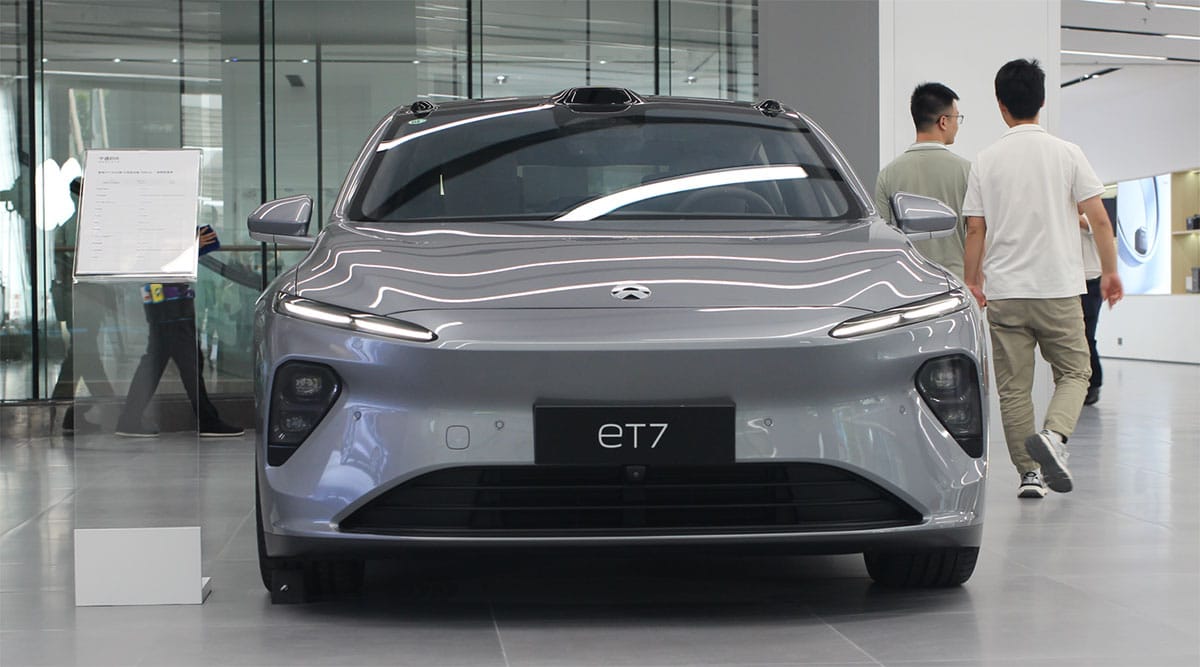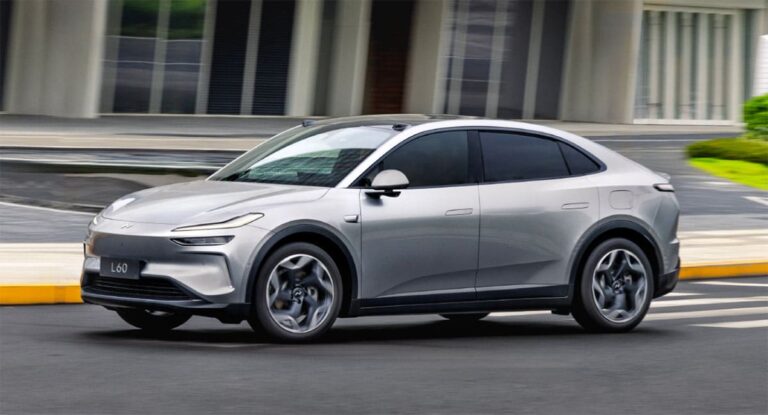The Onvo sub-brand will launch two SUVs in the second half of 2025, and the Nio brand's facelifted models will have larger sizes, lower costs, and more LiDARs, according to Goldman Sachs.

Nio (NYSE: NIO) management revealed some insights into its next product plans during its November 20 earnings call. Now, a Goldman Sachs research note provides more details.
Goldman Sachs analyst Tina Hou's team visited Nio's management in Shanghai on December 26 and discussed topics including the 2025 pipeline of new models, facelifts to existing models, sales strategy, production ramp-up, software roadmap, and battery swap infrastructure.
Nio management said the company would kick off a new product cycle in 2025-2026 with a strong lineup of new models and upgrades to existing products, according to a research note dated December 27.
Looking into 2025, Nio's new models will include the ET9 under the Nio brand, two SUVs under the Onvo brand and an SUV under the Firefly brand, the report noted.
The electric vehicle (EV) maker officially launched the ET9 executive flagship sedan, and a third brand, Firefly, at Nio Day 2024 on December 21.
Based on the 900 V high-voltage platform, the ET9 is the Nio brand's first model on the next-generation platform, NT 3.0, with deliveries scheduled to begin in March 2025. It has a starting price of RMB 788,000, and 999 limited edition units priced at RMB 818,000 have already been sold out.
In addition to the ET9, Nio also plans to launch facelifted models based on the next-generation platform of its existing main models from the second half of 2025 to 2026, which will be equipped with an 800 V powertrain system, in-house developed ADAS (Advanced Driver Assistance System) chip Shenji NX9031, and the SkyRide chassis system, according to the Goldman Sachs research note.
In China, EV platforms with higher voltages than the regular 400 V platform are often uniformly referred to as 800 V platforms.
Nio management said the facelifted models will feature larger sizes, lower costs and more LiDARs, according to the research note.
The facelift versions will have three LiDARs, up from one in the current Nio-branded models, according to Goldman Sachs.
The ET9 has three LiDARs, with an additional wide-angle LiDAR on each side of the front bumper, in addition to a main LiDAR like the one at the top of the NT 2.0 platform models.
The Onvo sub-brand will launch a 6/7-seater SUV to rival Li Auto's (NASDAQ: LI) Li L8 in the second half of 2025, followed by a 5-seater SUV to rival the Li L7, according to Goldman Sachs.
Nio management said that these two new Onvo models will fulfill the need of family users for large space and high standards of safety, and will be priced lower than their Li Auto counterparts.
Given the larger size and competitive pricing of these two new models, Nio management is confident of their sales performance, the report noted.
Nio officially launched the Firefly brand on Nio Day 2024 and unveiled the first model with the same name as the brand. The model began pre-sales at a price of RMB 148,800 and the official launch will be in April 2025, Nio said at the event.
Deliveries of the Firefly's first model would begin at the end of April, and Nio's management expects 50,000 deliveries of the model for the full year of 2025, according to the Goldman Sachs note.
So far, the Firefly brand has received better orders than the company expected, the report noted.
Regarding Nio Inc's sales, the company's management said the key is to maintain the Onvo L60's volume momentum with stable order momentum and monthly delivery going forward as the model would have gone through the initial ramp-up stage as a new product by then.
Looking back, Nio management said sales of the NT 2.0 products underperformed expectations by 40 percent to 50 percent, according to Goldman Sachs.
In other words, Nio management expected total monthly deliveries of 35,000 to 40,000 units of the NT 2.0 products, compared to actual average monthly sales of 21,000 units for the period May through November 2024, Goldman Sachs said.
Nio's management believes that the main reasons for the lower-than-expected sales performance of the NT 2.0 product are:
1) product launch schedule, with no well-prepared vehicle inventory to support delivery and further order momentum after launch.
2) inefficient sales force in terms of sales personnel and store display space.
3) supply chain bottlenecks, such as delay in Onvo L60 batteries. Going forward, the company looks to improve operational efficiency and ensure well-on-track production and delivery of upcoming new models.
With future upgrades to the next-generation platform, the company aims to achieve annual volume of 300,000 to 400,000 units of the Nio brand in the short to medium term and 500,000 to 600,000 units in the long term, according to Goldman Sachs.
The company is confident of achieving 100 percent year-on-year growth in 2025 and expects the launch of two new Onvo models and facelifted versions of Nio models in the second half of 2025 to be key volume drivers, the note said.
Nio's management believes that given the size of China's passenger car market, which exceeds 20 million units per year, the industry will remain a relatively fragmented market, especially for the premium segment where consumer demand is diversified.
The market is large enough to support more than 10 automakers producing more than 1 million vehicles per year, which Nio management believes is the threshold for automakers to survive, according to Goldman Sachs.
($1 = RMB 7.2985)

